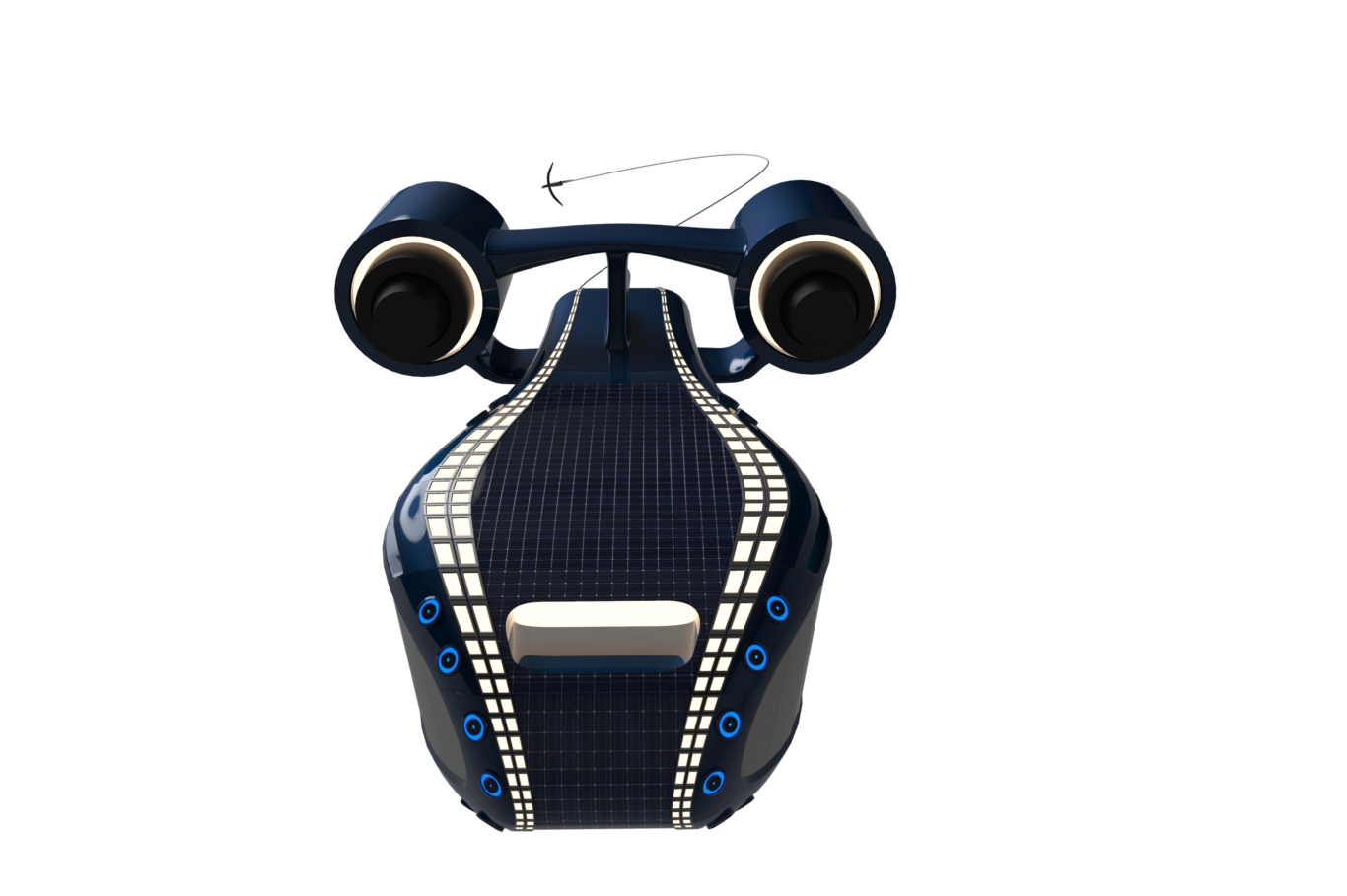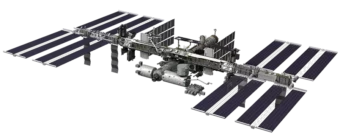The Incognito
A state-of-the-art spacecraft with revolutionary fuel efficiency, using Ion thrusters which would decrease the amount and need to refuel often while increasing the distance and weight the Incognito can haul.
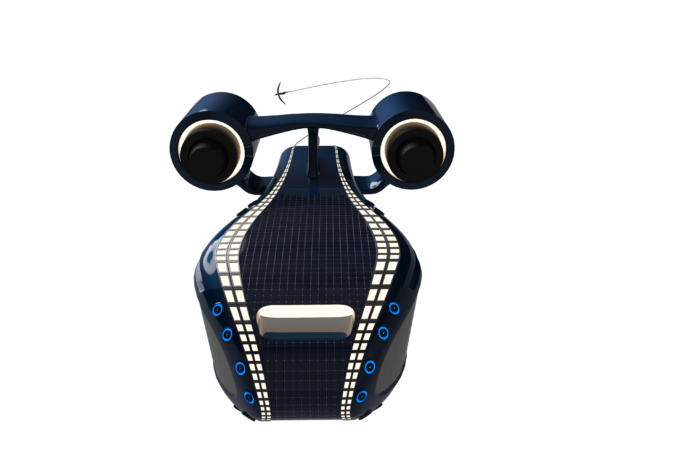
Seraphim // Coming Soon
Protection From Above
Maneuverability:
The Incognito has thrusters all across it's exterior body, allowing for rash and fast maneuvers to be performed with ease. The Incognito's speed comes in handy for long missions in both time and distance, perfect for expeditions and research assignments. Having the extra thrust also is ideal for missions involving hauling huge objects long distances at a time.


Concealed
Exploration
The First Fully Self-Sustaining Military Space Shuttle
Electromagnetic Propulsion
With an ion propulsion system, The Incognito would need drastically less fuel. Being the most incredible cost and resource efficient spacecraft.
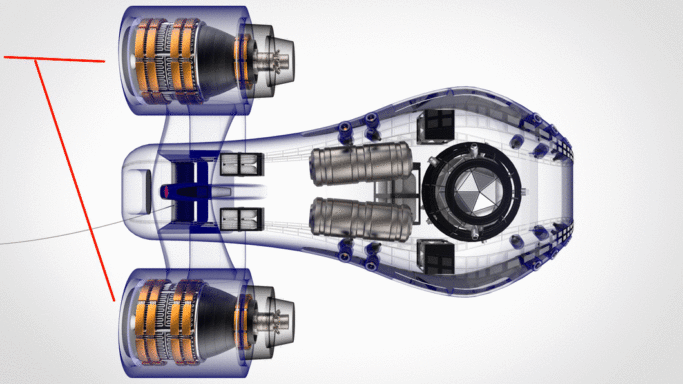
Nuclear Powered Reactor
The incognito's fuel efficiency isn't the only thing that makes it stand out, it's durability in space with a nearly fully self-sustaining system.
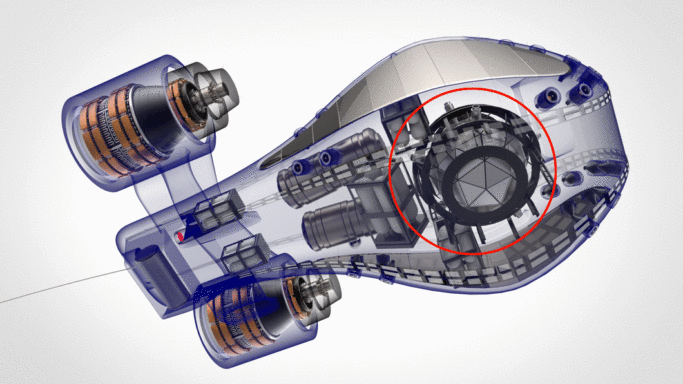
Solar Back-Up
Being nuclear powered, the Solar Cells surrounding the exterior of Incognito is more for Missions which it's expected to haul space debris larger than Incognito's body, having the power distribution being able to change, Solar Power being used to power the smaller thrusters on the side as the main power source shifts the larger rear-end thrusters.
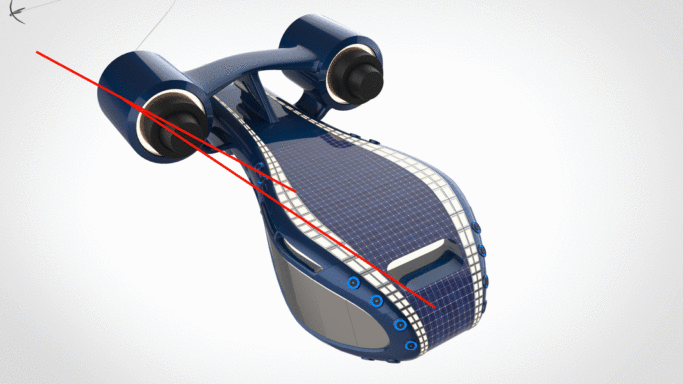
Astroid Mining
Asteroid mining would initially require in-space assembly, and two other different spacecrafts in the Incognito series. After assembly, the connection of the Incognito and other.futuristic prototypes, mining S-type asteroids (carry numerous metals including: nickel, cobalt and more valuable metals such as gold, platinum and rhodium) would be not only possible but also inexpensive compared to similar missions.

How Ion Propulsion Works
An ion thruster ionizes propellant by adding or removing electrons to produce ions. Most thrusters ionize propellant by electron bombardment: a high-energy electron (negative charge) collides with a propellant atom (neutral charge), releasing electrons from the propellant atom and resulting in a positively charged ion. The gas produced consists of positive ions and negative electrons in proportions that result in no overall electric charge. This is called a plasma. Plasma has some of the properties of a gas, but it is affected by electric and magnetic fields.
The primary parts of an ion propulsion system are the ion thruster, power processing unit (PPU), propellant management system (PMS), and digital control and interface unit (DCIU). The PPU converts the electrical power from a power source—usually solar cells or a nuclear heat source—into the voltages needed for the hollow cathodes to operate, to bias the grids, and to provide the currents needed to produce the ion beam. The PMS may be divided into a high-pressure assembly (HPA) that reduces the xenon pressure from the higher storage pressures in the tank to a level that is then metered with accuracy for the ion thruster components by a low-pressure assembly (LPA). The DCIU controls and monitors system performance, and performs communication functions with the spacecraft computer.
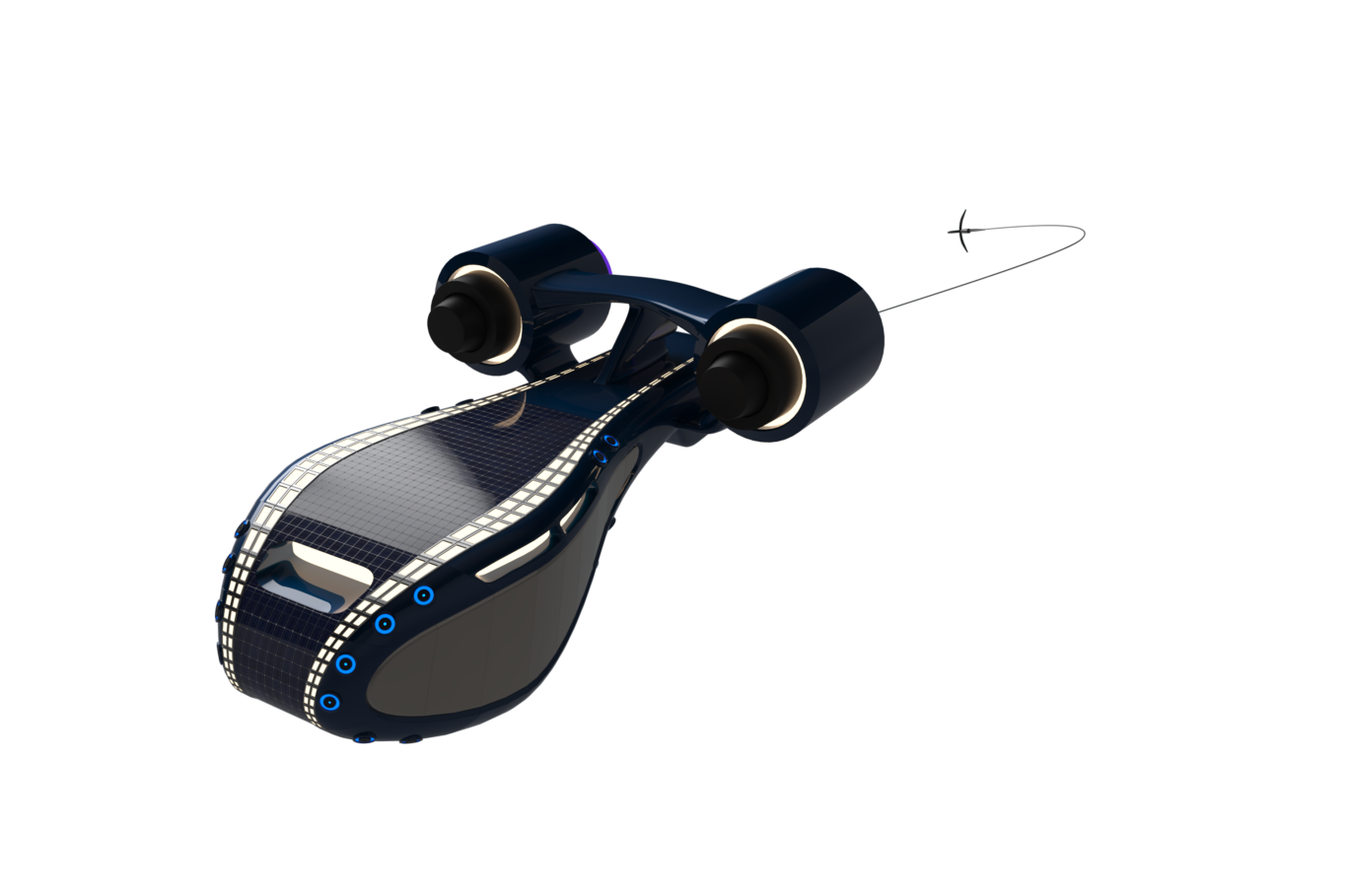
The Incognito would not only be revolutionary due to its fuel, speed, time and even efficiency, although all of these are great, yet. The strongest feature it contains would be its versatility.
With the ability of addon-space installation, it allows The Incognito to change, switch and attach different components for different specified situations either if it's for research and exploratory missions too even classified military operations.

